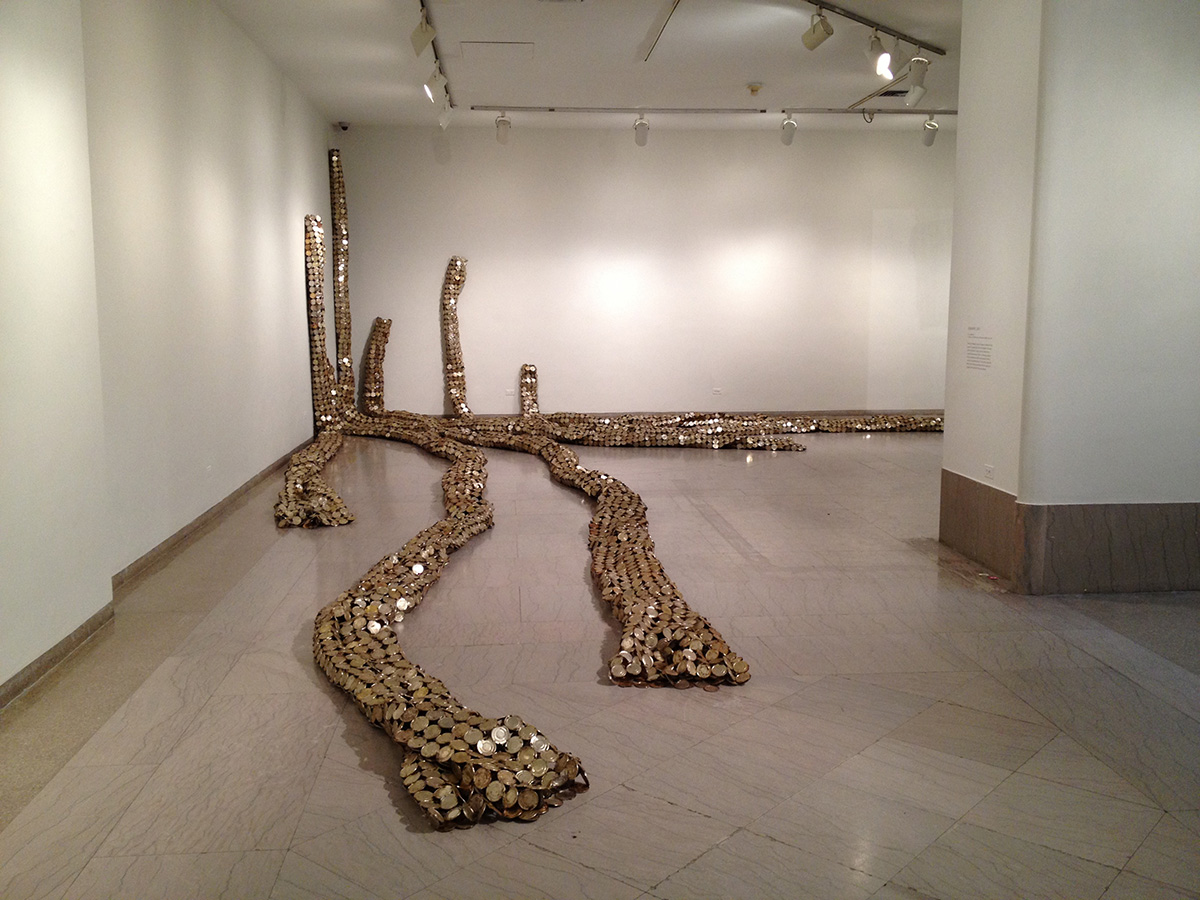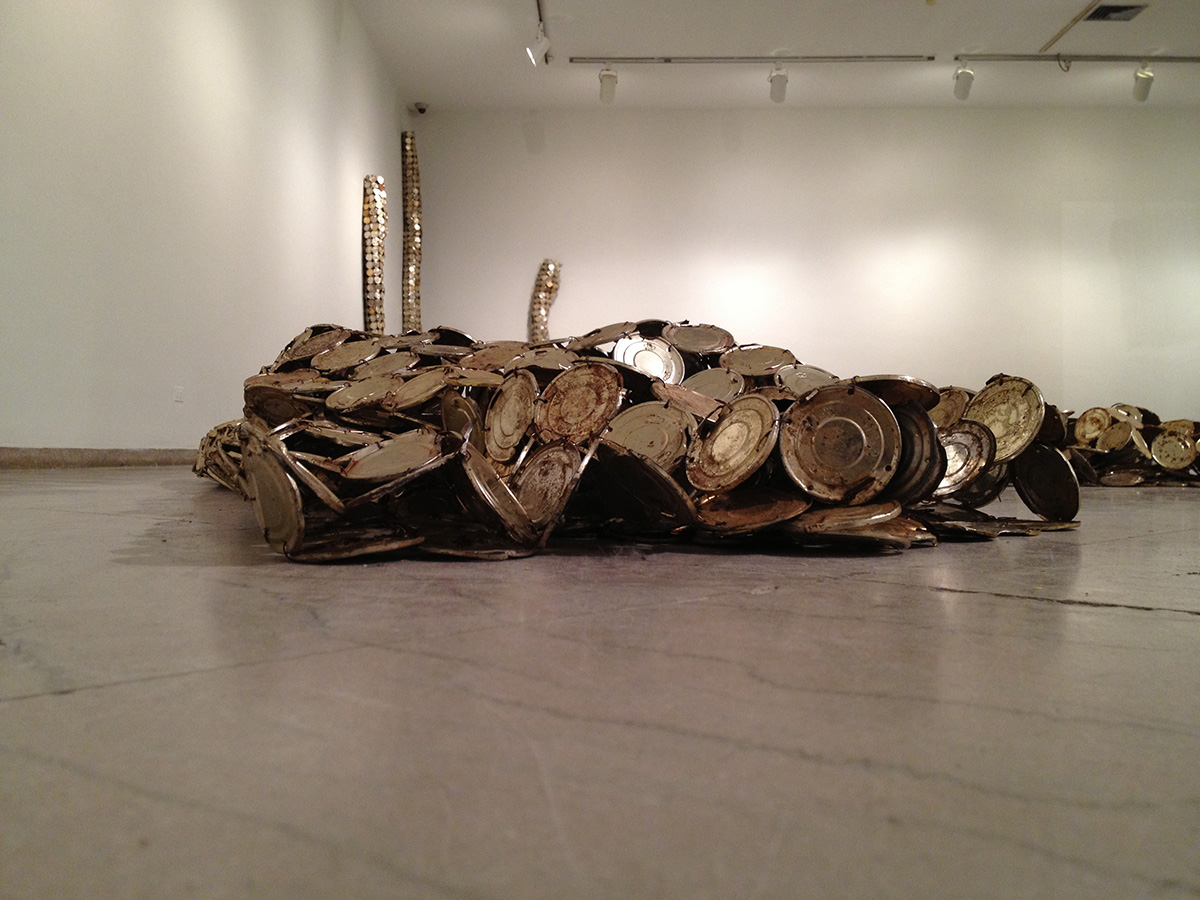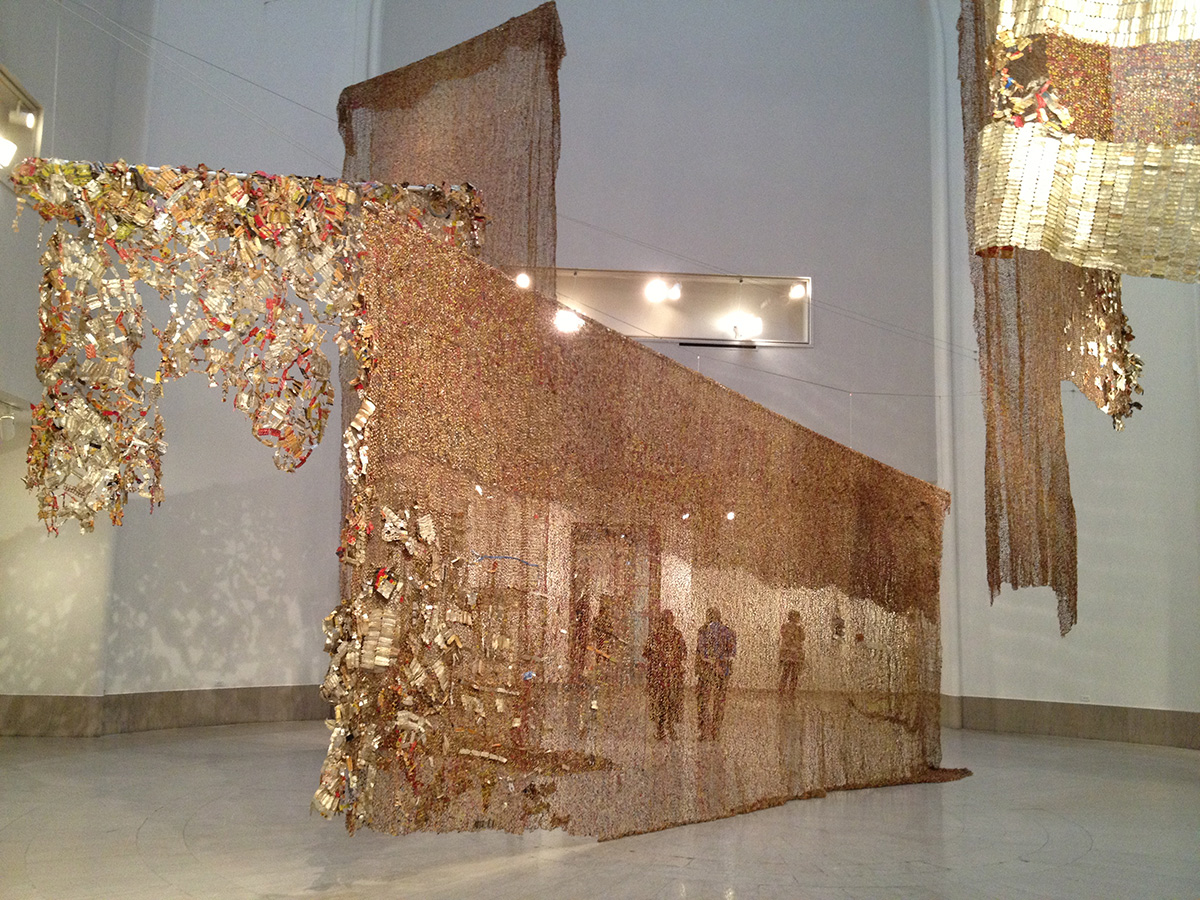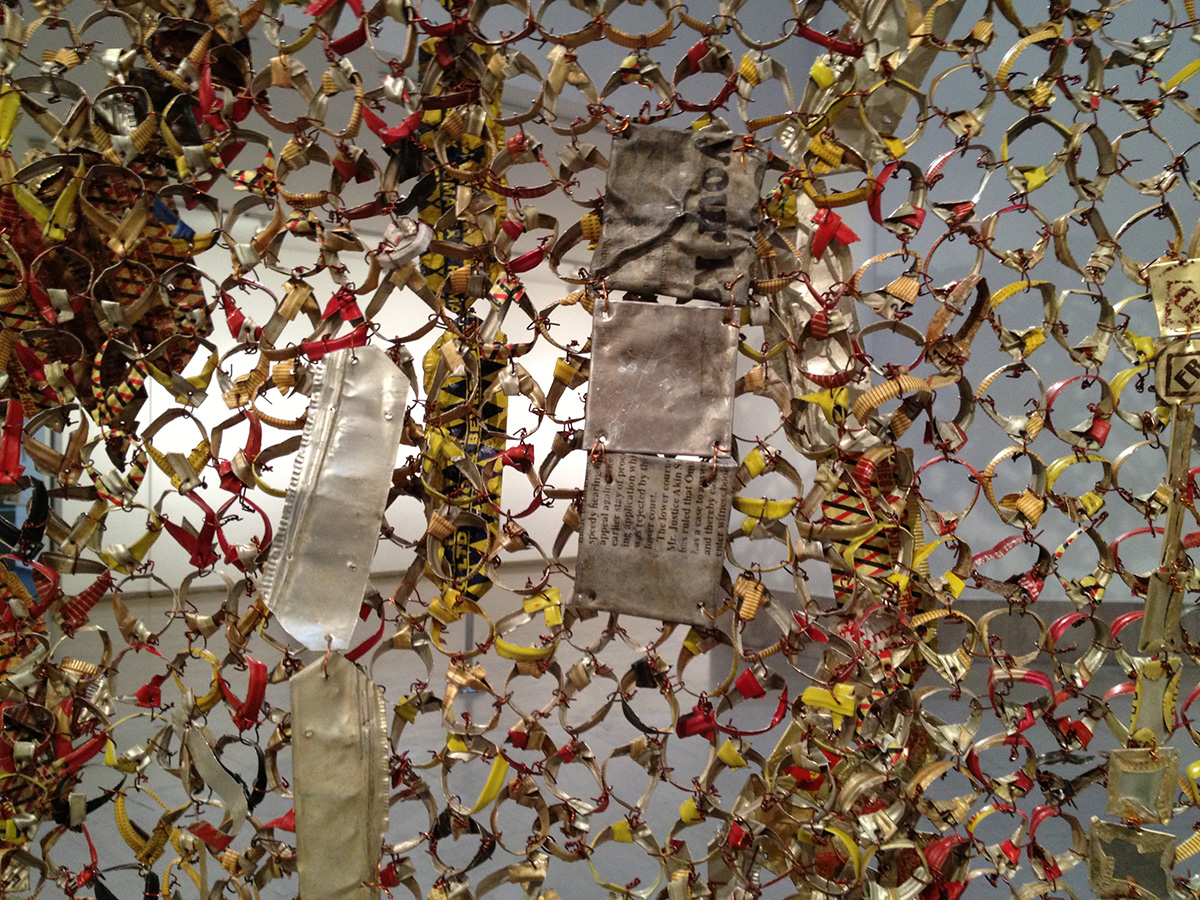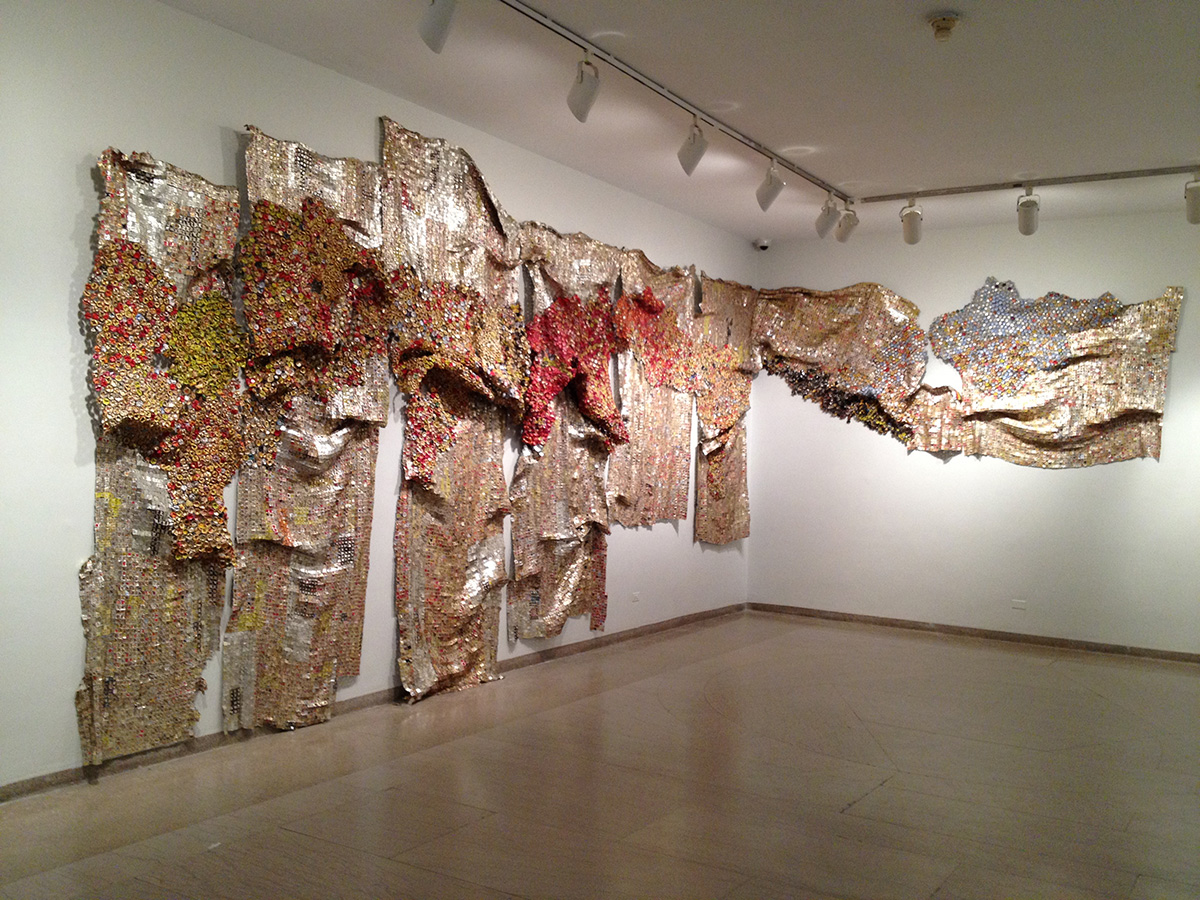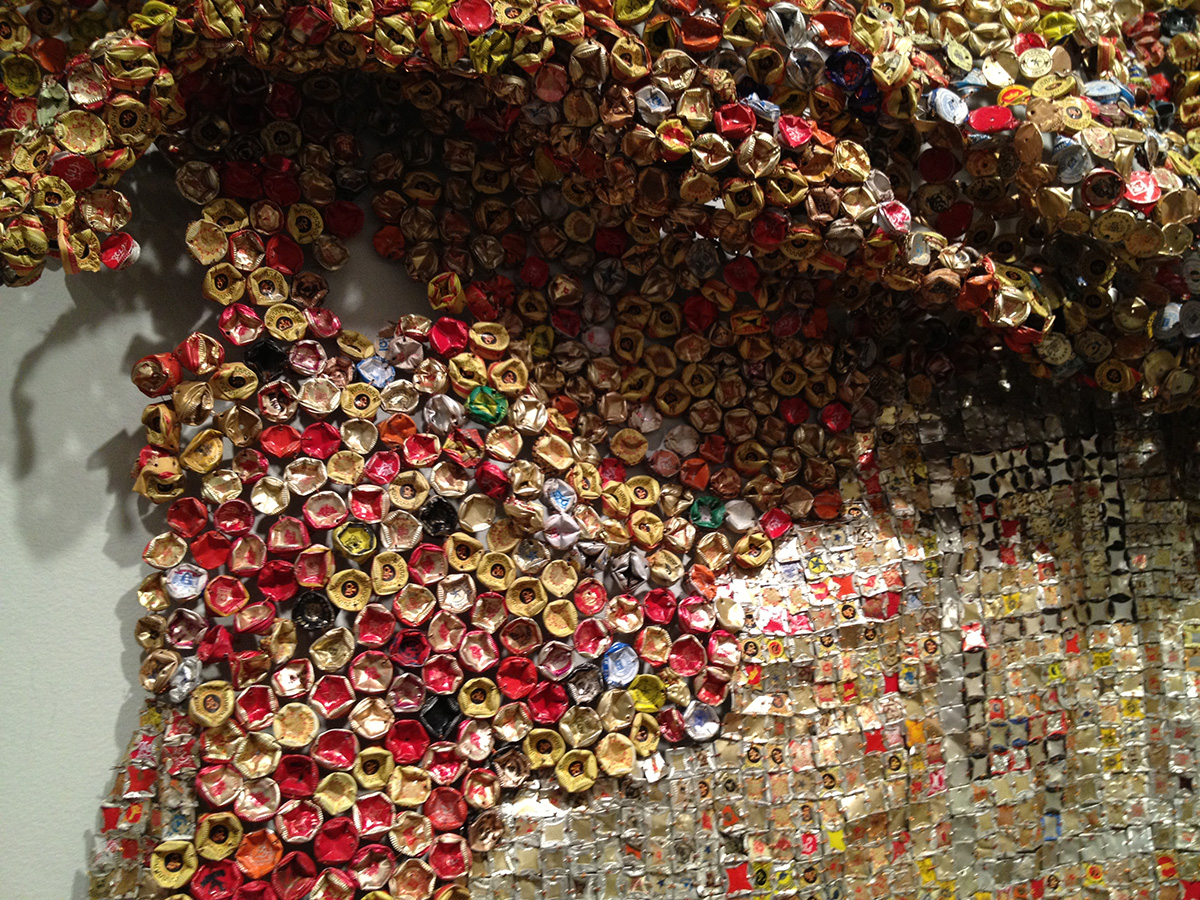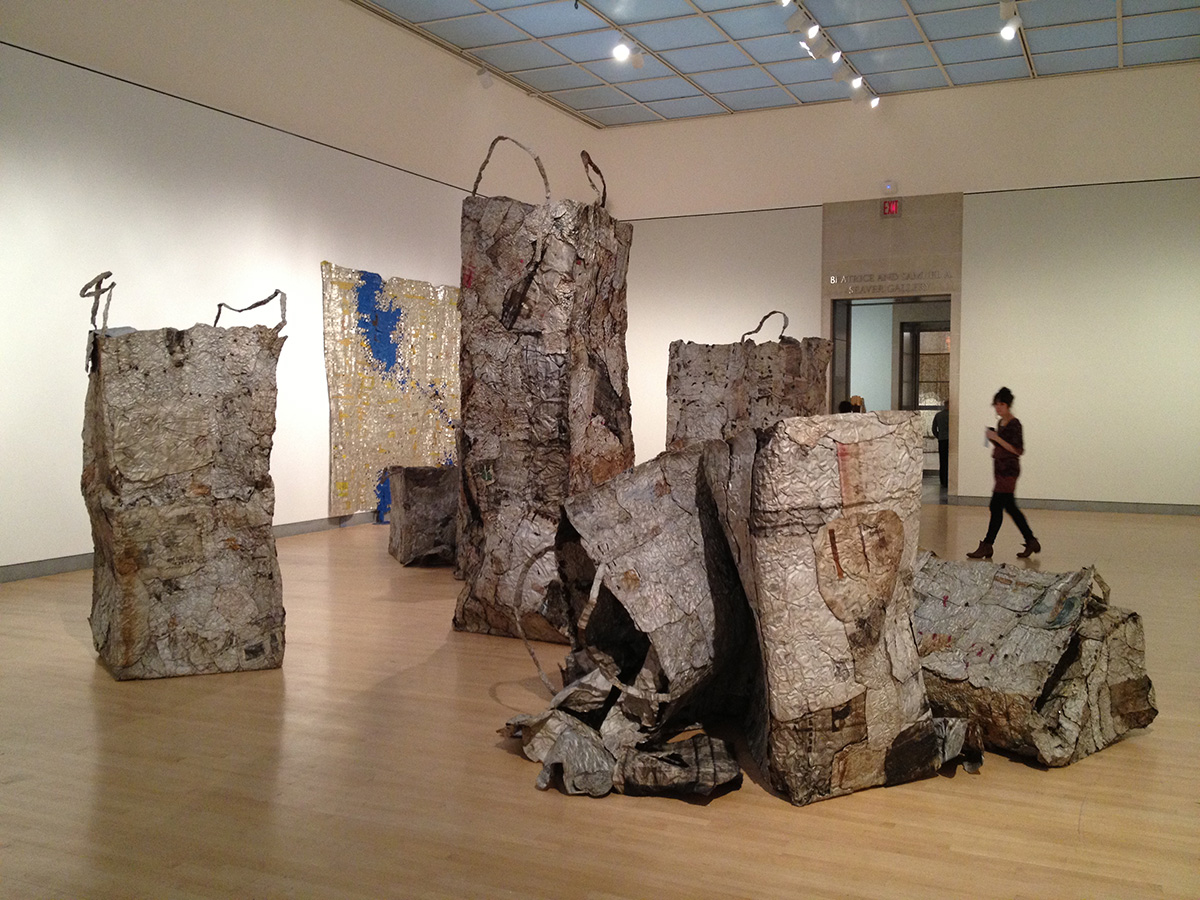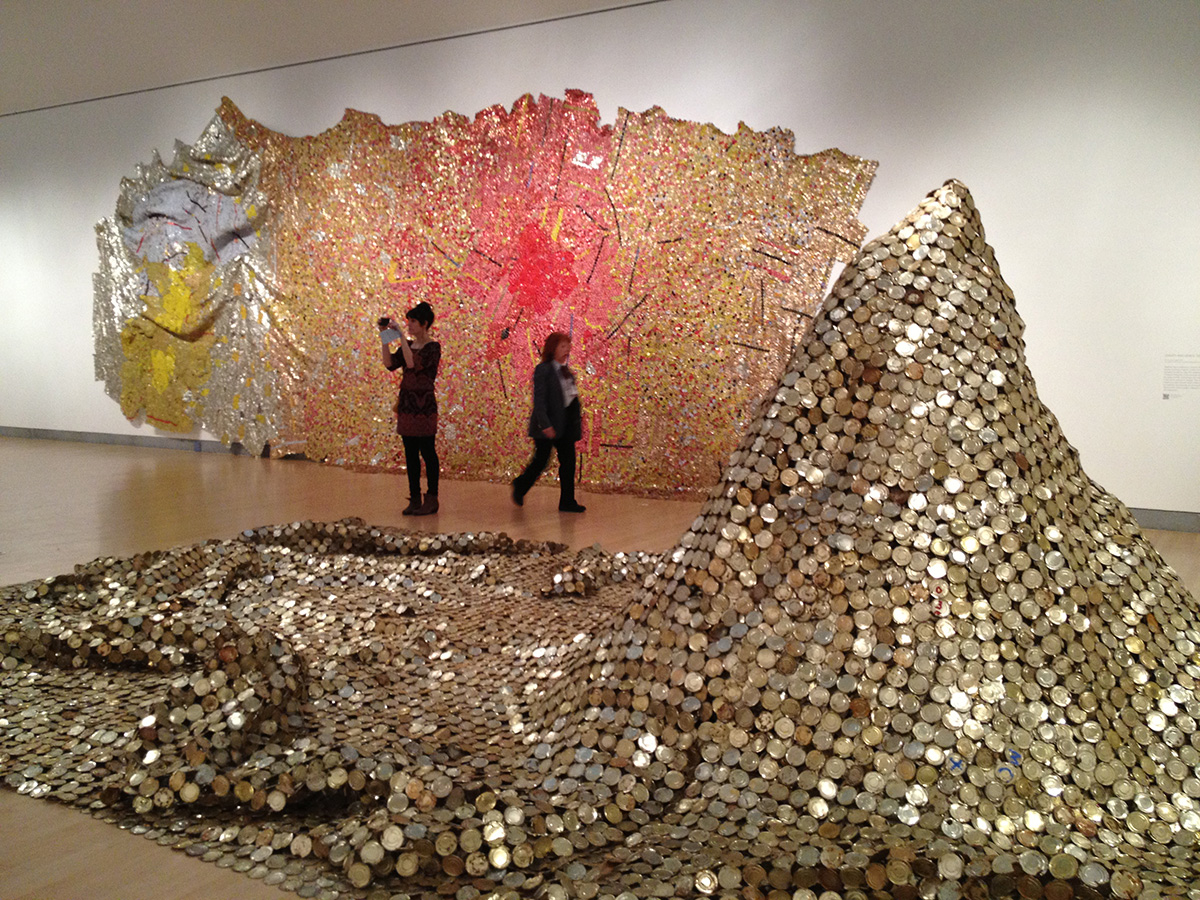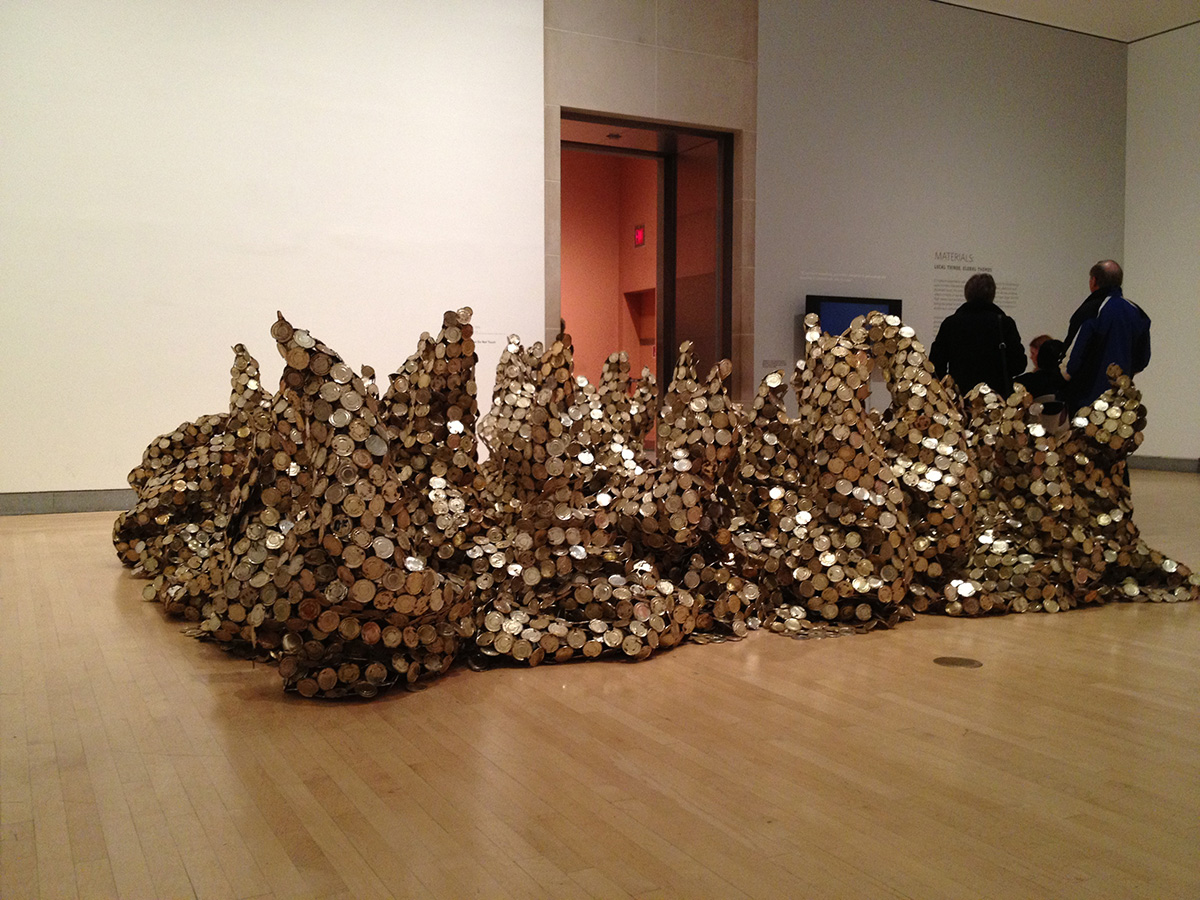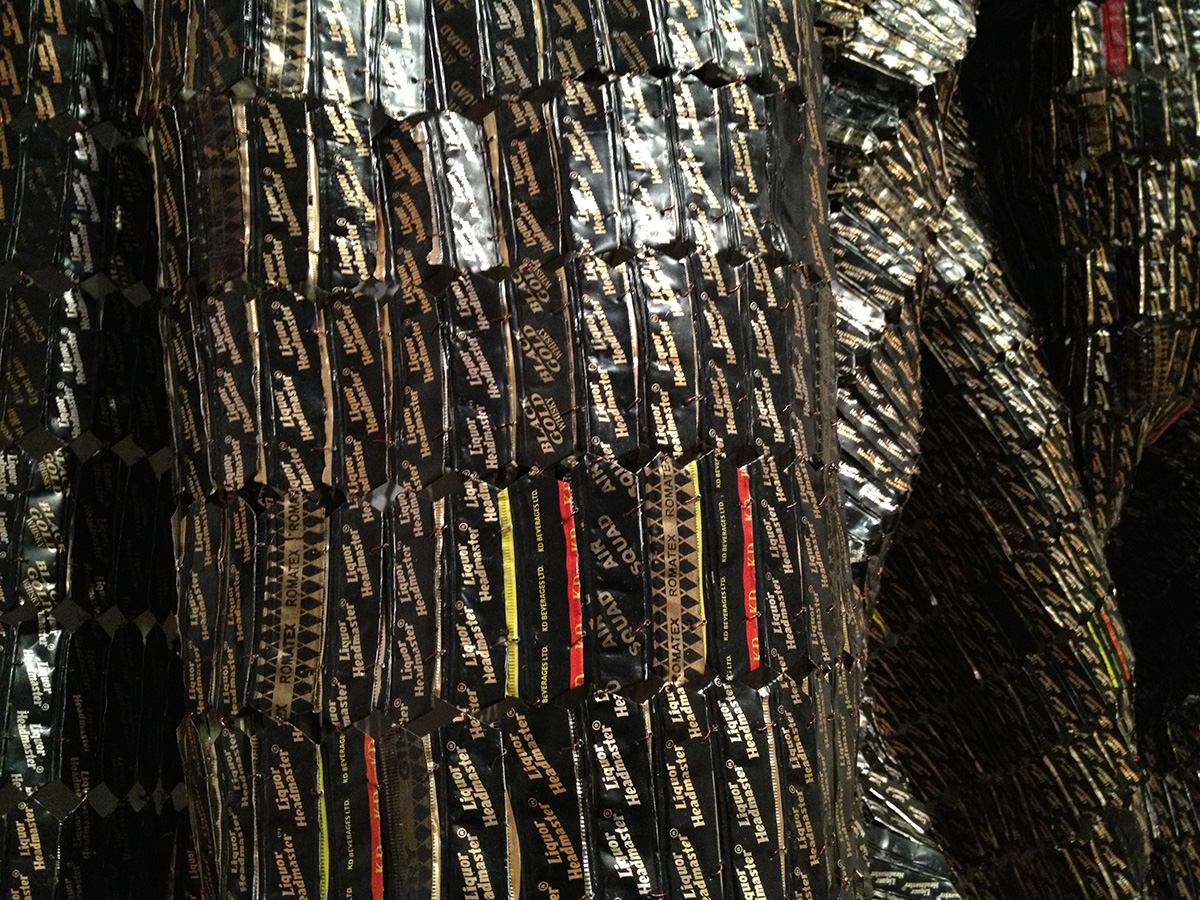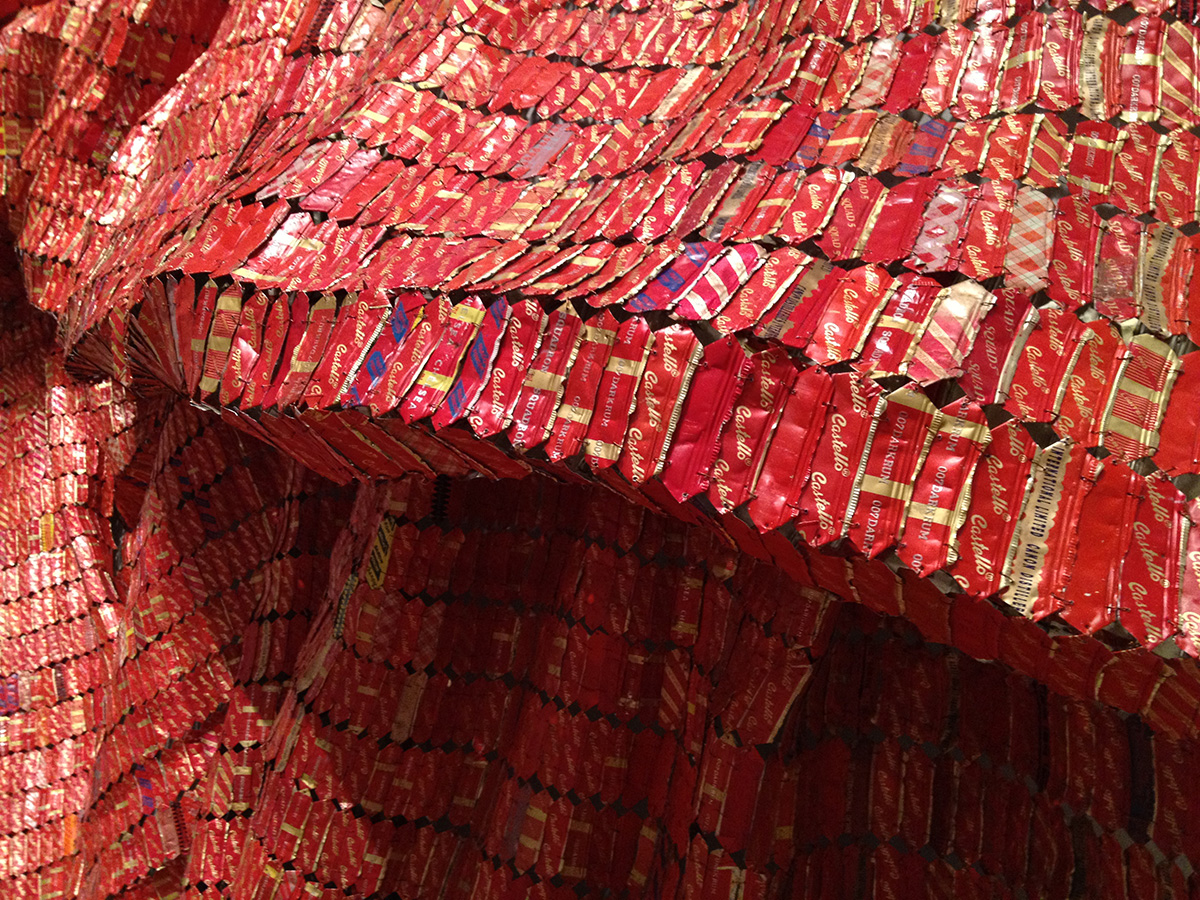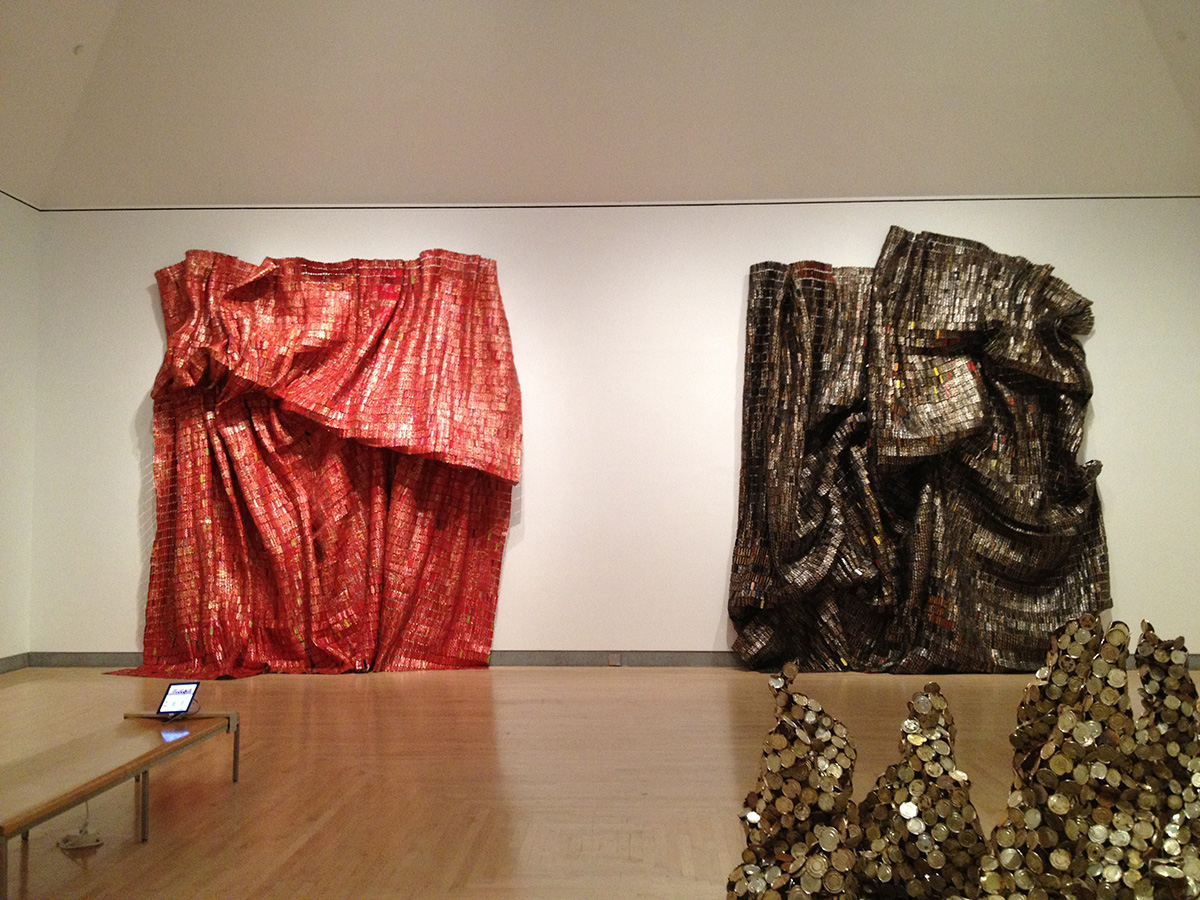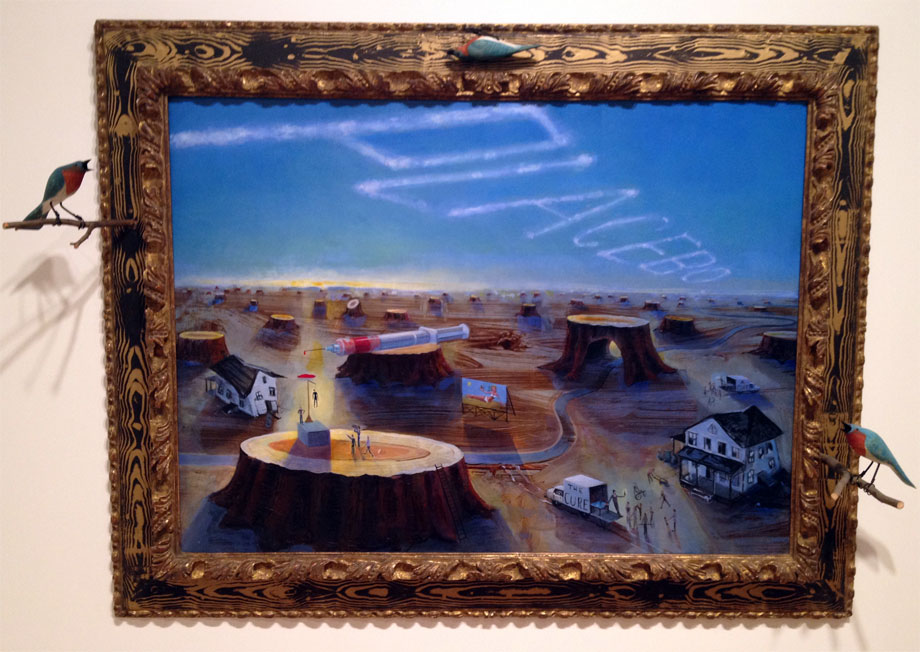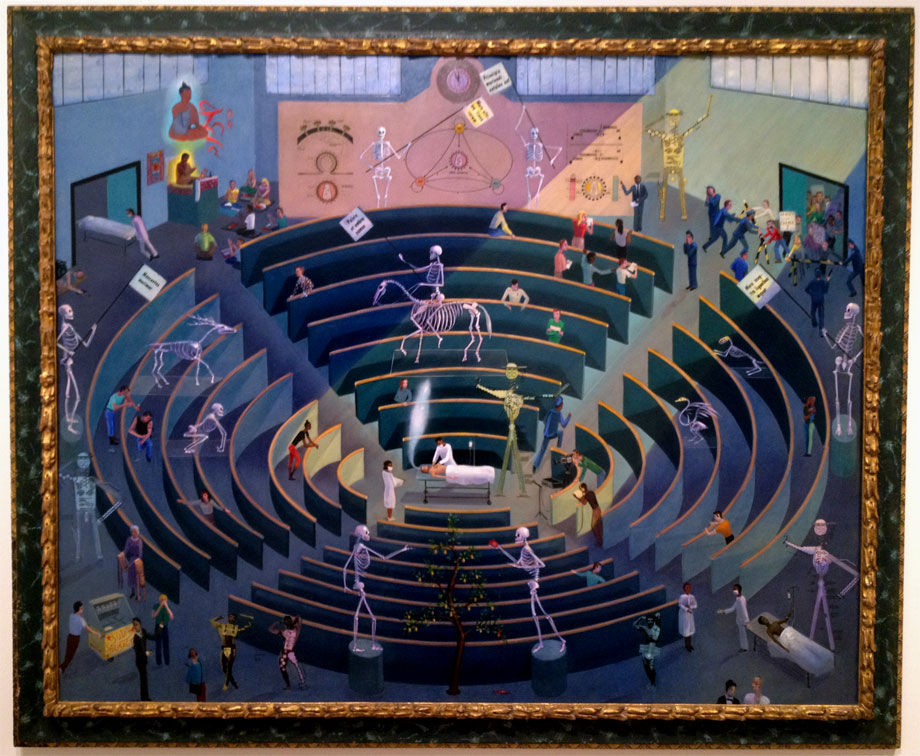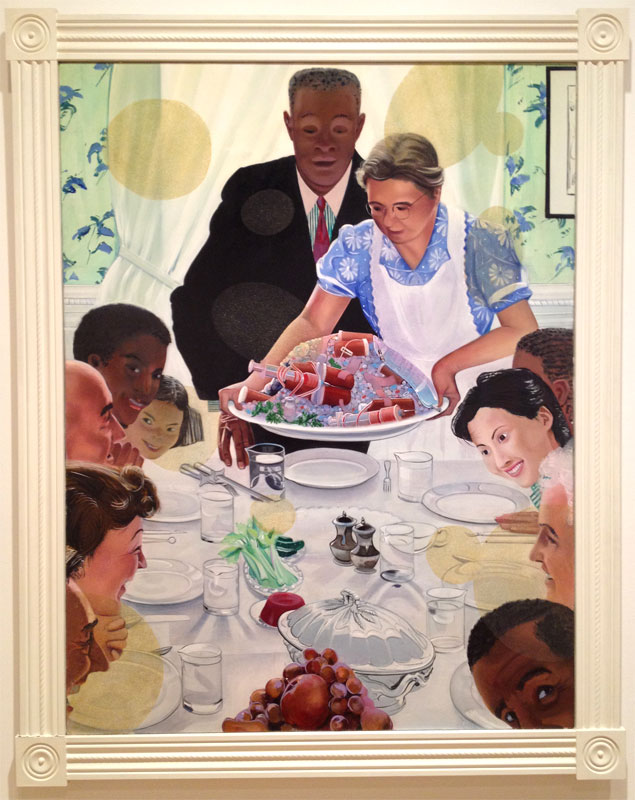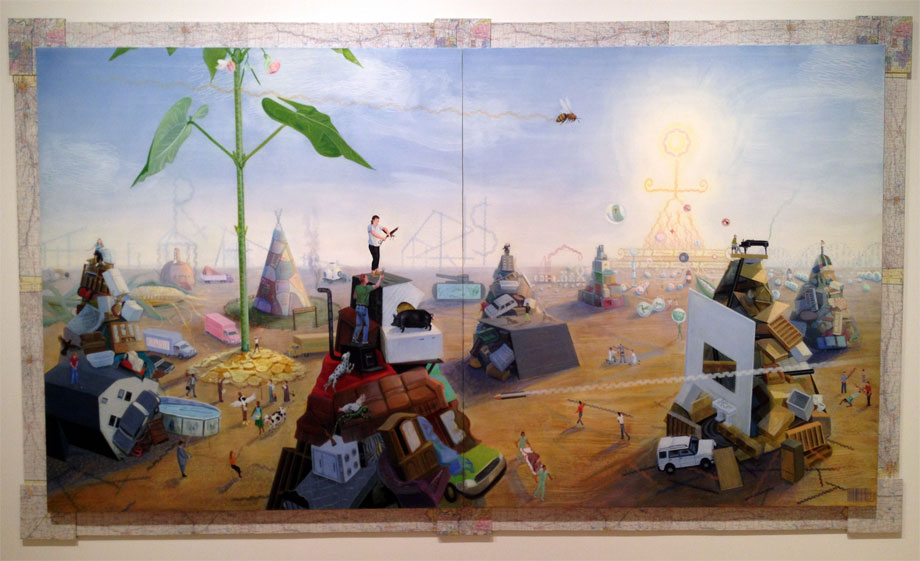EXCESS at Just Food Conference 2013
Today at 10:30am Brooke and I are presenting our neighborhood composting project at the Just Food Conference as part of MAKING ART WITH FOOD IN MIND (ENGAGING NYC COMMUNITIES) panel. We’ve made an initial video cut documenting the project thus far that we’ll be presenting as an introduction and then briefly describe where we are at and how we are moving forward with EXCESS NYC.
EXCEDENTES/EXCESS 2011-2013 from Ricardo Miranda Zúñiga on Vimeo.
About the panel:
10:30-11:45am
Food & Finance High School (Sign outside of the building reads Park West High School)
525 West 50th Street, New York, NY
MAKING ART WITH FOOD IN MIND (ENGAGING NYC COMMUNITIES)
For centuries artists have given us new ways of seeing the world around us through the lens of food. The last decade has been especially rich as artists respond to the challenges and concerns of feeding ourselves by creating models that are local, sustainable and community-oriented. In this workshop, visual artists will offer practical advice on using food creatively while fostering social change.
Speakers: Atom Cianfarani, Co-Author of A Roof Grows in Brooklyn: The Do-It-Yourself Green Roof Workbook; Jason Gaspar, Wyckoff Farmhouse Museum; Lisa Gross, Boston Tree Party; Brooke Singer & Ricardo Miranda Zuniga, collaborating artists on “Excess NYC”; Tattfoo Tan, artist
El Anatsui at the Brooklyn Museum
Following a visit to El Anatsui’s exhibition at the Brooklyn Museum (on view through August 14th) a friend commented – what a great shtick – use discarded material and unskilled labor to produce large scale work that can be folded for easy travel in a globalized art market. I’m paraphrasing here, but the point is clear – the work is formulaic and beautifully executed as high-end commodity. My friend is a Filipino-American artist/academic well versed in post-colonial studies and critical culture. El Anatsui is an African artist born in Ghana, working in Nsukka, Nigeria and trained in Western European Art. The brilliance of the work is applying minimalist conventions while using non-Western materials to create large scale abstraction. It is mesmerizingly beautiful to look at and various meanings may be allotted to the work – so it is aesthetic with theoretical potential.
The minimalist conventions include the use of least possible materials and repetition to create the maximum effect by using discarded mass produced materials such as lids from tin cans, bottle caps, newspaper printing plates… As the mass-produced products are from Nigeria or other African countries, the work presents a distinct quality from parallel work created by U.S. and European artists using recycled American and Western products. The unfamiliar labels and unique colors of these discarded elements adds a veil of the other for a Western art audience. All this said, there is plenty of reason to praise the work – it is aesthetically beautiful, unique, grand in scale, works from a distance as well as up close, reflects waste while recycling the waste and the artist brings racial diversity to a still all too white art world.
In the end, I’m writing about the work because I find it problematic. El Anatsui is embraced by the Art World and in his work, I perceive the colonizing effects of Western Art and Art History. By combining his Western Art training with the products of his culture, he has established a unique niche. In the end the work doesn’t move me. I don’t feel that the various pieces present an entry point. They are nice big objects, neat to look at for a bit, but with little resonance. If I was an art collector, on the other hand, I’m sure I’d buy in to it and see both it’s material and constructed cultural value.
Click on the images below to view at larger dimensions.
Think Tank – Support Lab on Wheels via indiegogo
A Macaulay College student, Tyler Alterman that once took a class of mine (Intro to 2D Animation) is working on his senior project – a cognitive science lab in a truck. Watch the video, it’s the type of project that I can’t help but to support due to it’s good energy and idealism. It would be great to see an ice cream type truck with a giant brain buzzing around New York City!
Ivan Puig at MagnanMetz

Ivan Puig’s SEFT-1 probe at MagnanMetz Gallery, Chelsea, NYC through March 9, 2013
Following the opening of Mexican artist Ivan Puig’s solo show at MagnanMetz gallery in New York City, Iggy and I visited with Puig and caught up regarding the SEFT-1 project (SEFT is an acronym for Sonda de Exploración Ferroviaria Tripulada or Manned Railway Exploration Probe). I first learned about the project in 2006 when Puig was just getting started on the concept of exploring abandoned railroads through out Mexico using a vehicle designed to travel the on the railroad tracks as well as car roads when necessary. Ivan was interested in seeing first hand what had happened to the communities that were built along the tracks and largely subsisted from the trains running throughout Mexico. Many of these communities are small rural populations that depended on the trains for various needs.
Puig spend a year traversing the abandoned railroad system with his half-brother Andrés Padilla Domene. As described on the exhibitions press release “The two set off from the National Museum of Art in Mexico City to begin their investigation of abandoned railways throughout Mexico and Ecuador, collecting evidence of their travels through photo, video and audio. Puig and Padilla Domene recorded contemporary landscapes, infrastructure and details of the everyday life of inhabitants to create a futuristic exploration of the countries’ pasts. Their progress has been consistently updated on the project’s website, www.seft1.com, where the public can follow the trajectory of the vehicle, view images of artifacts collected and listen to interviews with those they have met along the way.”

Ivan taking a picture of Iggy inside SEFT-1, a special treat as he was allowed into the sculpture

Iggy inside SEFT-1
It appears that the SEFT-1 will be traveling to the UK to explore abandoned railways throughout the British countryside sometime in the next year. By doing so, the artist will expand the archive of stories regarding locomotive technology and the communities surrounding the technology.
Final Weekend of ReGeneration at NY Hall of Science

Child playing “a geography of being | una geografia de ser” at the NY Hall of Science
This the final weekend of the exhibition ReGeneration at the NY Hall of Science in Corona Park. Various events and workshops will be occurring today. Catch the show before it comes down! Click here for more information on ReGeneration
The exhibition features my own “a geography of being : una geografia de ser” – an interactive art installation that reflects upon the dynamics of the undocumented immigrant population in the United States, specifically in relation to undocumented youth. The installation consists of wooden kinetic sculptures with animated displays titled “Undocumented Drones” and a video game that places the player in the role of an undocumented youth that must face several challenges in the search for self-determination beyond the imposed constraints of citizenry. View Documentation of the Installation. Or play the game online.
Frank Moore at Grey Art Gallery
I had forgotten about Frank Moore’s paintings until this past fall when Martha Wilson invited me a long to a meeting with Fales Library director Marvin Taylor. Marvin is an amazing cultural resource, a big fan of the Lower East Side arts movements of the 70s and 80s, he’s a guy filled with interesting stories. (To learn more about Marvin Taylor, visit Betty Ling Miu’s blog.) Before the meeting, Marvin asked Martha and I to sit down and watch “Beehive” a 1985 experimental dance film directed by Frank Moore and Jim Self. For the making of the film Frank Moore transformed his studio into an elaborate bee hive in which the dancers perform the elaborate lives of bees. Following the meeting, Marvin dropped us off at NYU’s Grey Art Gallery to see “Toxic Beauty: The Art of Frank Moore,” a retrospective that continues from the Fales Library special collections to the street level gallery across Washington Square Park.
It had been over a decade since I had seen “Beehive” or spent time with Frank Moore’s paintings and I immediately recalled how much these paintings inspired me during undergraduate years at UC Berkley. The paintings are detailed, elaborately portraying societal shortcomings. An element that strongly stands out in Frank Moore’s paintings is the construction of frames that are thematically tied to the paintings. Each painting has its own unique frame from copper water pipes to a frame wrapped with collaged maps. The exhibition captures how prolific Frank Moore was until he died of AIDS at the age of 48. Roberta Smith wrote an excellent review of the exhibition for the NY Times.
UPCOMING! Queens Road to College Clinic
Saturday, January 5th from 12pm-4pm
New York Hall of Science on 47-01 111th Street
Flushing Meadows Corona Park, NY 11368
Take 7 train to 111th St stop
***Say code “road to clinic”***
Attendees will get a FREE museum tour!!
FREE community workshop geared to inform and support undocumented youth, children of immigrants and all youth regardless of immigration status with their college application process while providing them with skills to become their own advocates when navigating the education system. Get support with:
filling out college applications (CUNY, SUNY, private)
essay and resume writing
financing college and how to apply for scholarships
legal referrals, Deferred action info and more resources
Winners for Arts Writer Program 2012 Announced
From the Creative Capital Foundation: http://artswriters.org/
Articles
Jennifer Krasinski, A Rain Check to Oblivion: A Dispatch from the Jill Johnston Archive (Los Angeles)
Daniel R. Quiles, Counterpublic Access: “The Live! Show” and “TV Party,” 1978-1984 (Chicago)
Rebekah Rutkoff, Lillian Schwartz: Light Pen/Paintbrush (Brooklyn)
Blogs
Caryn Coleman, The Girl Who Knew Too Much (Brooklyn)
Farrah Karapetian, Housing Projects (Los Angeles)
Meg Onli, Black Visual Archive (Chicago)
Harbeer Sandhu, Critical Condition (Houston)
Books
Negar Azimi, The Shahbanou and the Iranian Avant-Garde (New York)
Eva Díaz, The Fuller Effect: Contemporary Art and the Critique of Total Design (Brooklyn)
Jennifer Doyle, The Athletic Turn: Contemporary Art and the Sport Spectacle (Los Angeles)
Elena Filipovic, David Hammons’s Bliz-aard Ball Sale (Brussels)
Ara H. Merjian, Pier Paolo Pasolini and the Politics of Art History: Heretical Aesthetics (New York)
Alan W. Moore, Art Squats (Madrid)
Zabet Patterson, Visionary Machines: USCO, Techno-Utopia and Technocracy (Brooklyn)
Abigail Solomon-Godeau, Photography in the Age of Catastrophe (San Francisco)
Michael Taussig, Twilight of the Idols (New York)
Stephen Zacks, A Beautiful Ruin: The Generation that Transformed New York, 1967-1985 (Brooklyn)
Short-Form Writing
Quinn Latimer, Basel, Switzerland
David Rimanelli, New York
Patricia Tumang, Quezon City, Philippines
Harry J. Weil, Brooklyn
“a geography of being : una geografia de ser” at NY Hall of Science
The installation “a geography of being : una geografia de ser” that consists of a video game and networked kinetic wooden figures revolves around the immigrant experience. The installation is on view as part of ReGeneration at the New York Hall of Science through January 13th, 2013.
A Discussion Surrounding Immigrant Education and the Right to College
In the article that follows, blogger Rachel Higgins provides an objective analysis of an often polarizing topic: the hotly debated DREAM Act and what rights, if any, illegal immigrants should have when it comes to securing federal money for college. Structural Patterns has looked at many of the issues art students face when choosing a school, but has rarely touched on the politics of that choice. As Rachel explains, how these issues are resolved may have long-lasting impacts on both students and programs. Rachel often writes about pressing issues in education, though she spends the bulk of her time editing a website for students interested in earning a quality degree on the Internet.
A Discussion Surrounding Immigrant Education and the Right to College
Illegal immigration to the United States has been a long-standing issue in this country – but in recent years, the DREAM Act has polarized the topic even further. Proponents of the bill have lauded its creators for implementing a system by which undocumented aliens can receive an education and contribute to the national economy, while detractors argue that individuals who enter the country illegally have no right to the same privileges afforded to legal citizens.
Introduced in 2001 by Senators Dick Durbin and Orrin Hatch, the Development, Relief, and Education for Alien Minors (DREAM) Act provides citizenship to illegal immigrants who entered the United States as minors, completed their high school education, and lived in-country at least five years before the bill was adopted. The conditional residency is extended to six years if the citizen either serves two or more years in the U.S. military or completes at least half of a four-year college degree program. Since he took office in 2008, President Obama has been an active supporter of the bill’s provisions. His latest measure came in June 2012, when he sidestepped Congress to defer deportation of undocumented citizens who met the necessary criteria.
As President Obama and his Republican rivals have argued over the DREAM Act, state-level support for illegal immigrants who wish to earn a college degree remains stagnant. While California successfully passed an initiative last year to allocate a set amount of financial aid to undocumented alien youths, other states have been forced to take alternative routes. In New York, for instance, initiatives to provide financial aid to undocumented citizens who wish to attend college have stalled. This has led several advocacy groups to create the state’s first scholarship program for illegal aliens; thanks to heavy contributions from a number of private donors and non-profit organizations (most notably the Fund for Public Advocacy), a handful of undergraduates in New York City’s university system will receive roughly $2,000 per semester. And in Texas, Gov. Rick Perry has supported measures that provide reduced tuition for more than 32,000 undocumented students; however, Perry’s proviso forces beneficiaries to pledge to obtain legal status within three years after graduation, as opposed to the federal act that grants citizenship amnesty. Supporters of illegal immigrant rights touted Perry’s plan, but most of his Republican colleagues argued against it – and the issue may have contributed to Perry losing the Republican primary appointment that instead went to Mitt Romney.
Supporters of the DREAM Act argue that the entire country benefits from measures that ensure education for all citizens, legal and illegal. “[The DREAM Act will] play an important part in the nation’s efforts to have the highest proportion of college graduates in the world by 2020,” U.S. Secretary of Education Arne Duncan recently noted, adding that a higher number of educated citizens will bolster America’s standing within the global economy. The initiative also creates a wider recruitment pool for the U.S. military, and allows the Department of Homeland Security to devote more resources toward the deportation of individuals who actually pose a threat to national security. Finally, a recent study conducted by researchers at UCLA found that complete enactment of the initiative would boost the national economy by as much as $3.6 trillion in taxable income; in its present form, the DREAM Act cuts the federal deficit by $1.4 billion and will increase federal revenue by as much as $2.3 billion over the next decade.
But as John Hudson of The Atlantic Wire recently wrote, the DREAM Act has endured a large amount of opposition from conservative politicos. John Frum of The Week characterized the bill as a “deceptive piece of legislation with very sinister consequences” intended to mobilize Latino voters without producing the results they collectively desire; he also noted that the act essentially encourages immigrants to enter the country illegally on behalf of their children, who would face little to no penalties for their parents’ illicit actions. Mark Krikorian of National Review also referenced the 1986 Immigration Reform and Control Act, by which a quarter of the beneficiaries were awarded amnesty under fraudulent pretenses. One such beneficiary, Mahmud Abouhalima, later masterminded the first World Trade Center bombing. And Steven Camarota of the Center for Immigration Studies noted that the DREAM Act is inherently expensive; if each immigrant received $6,000 per year in tuition subsidies, he argued, then the measure would cost U.S. taxpayers as much as $6.2 billion per year.
The latter topic – cost to federal taxpayers – has been a major talking point between supporters and opponents of the DREAM Act, with both sides citing different figures to bolster their claims. But as Rachel Leven recently wrote in Duke University’s Sanford Journal of Public Policy, the budget for U.S. citizenship activities is primarily financed through fees paid by immigrants; deferral applicants each pay $465, and the federal government estimated in August 2012 that the total amount generated from these applications would fall between $467 million and $585 million. Leven also noted that applying for deferral does not guarantee it will be awarded. Furthermore, a study conducted by the Center for American Progress earlier this month found that the 2.1 million beneficiaries under the most recently proposed version of the bill would generate $329 billion for the national economy, while passage of the act would create 1.4 million new jobs by 2030.
Despite Republican opposition claiming the DREAM Act is too expensive to enact in the United States, these studies reveal that the measure could greatly benefit the American economy in the long term. And in the process, millions of minors who were brought to this country illegally through no fault of their own have been granted the opportunity to receive an education and compete in the job market.
Rachel Higgins
